Introduction: The Art of Stir-Frying Pork Ribs
Stir-fried pork ribs are a culinary delight that combines the succulence of meat with the crispiness of a well-cooked exterior. Whether you’re a seasoned chef or a home cook looking to impress, mastering the art of stir-frying pork ribs can elevate your meal to a new level of flavor and satisfaction. In this comprehensive guide, we’ll explore how to cook delicious and easy stir-fried pork ribs, breaking down each step to ensure your dish is both tasty and straightforward to prepare.
Understanding Pork Ribs: Types and Cuts
Before diving into the cooking process, it’s crucial to understand the different types and cuts of pork ribs available. Each type offers unique textures and flavors, influencing how they should be cooked.
-
Spare Ribs (Baby Back Ribs): These are leaner and more tender, often preferred for grilling or baking due to their smaller size and bone structure. However, with careful preparation, they can also be stir-fried to delicious perfection.
-
St. Louis Ribs: Similar to spare ribs but with the sternum bone and rib tips removed, making them more uniform in shape and size. They are ideal for stir-frying as they cook evenly.
-
Country-Style Ribs: These are actually pork shoulder cuts, which are meatier and less bony. They require longer cooking times but can be tenderized and stir-fried for a hearty dish.
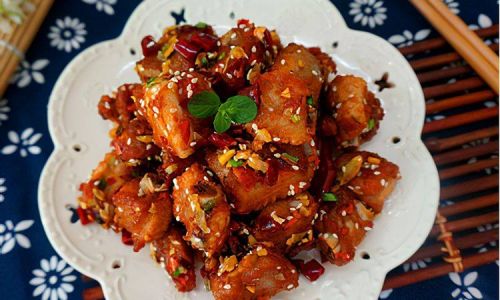
-
Short Ribs: Typically used for braising due to their high bone and marrow content, short ribs can be challenging to stir-fry effectively unless cut into smaller, more manageable pieces.
For stir-frying, St. Louis ribs or country-style ribs (cut into strips) are often the best choices, offering a balance of meat and bone that holds up well to the high heat of stir-frying.
Preparing the Pork Ribs: Marinades and Seasonings
The key to delicious stir-fried pork ribs lies in proper preparation. Marinades and seasonings not only add flavor but also tenderize the meat, making it more enjoyable to eat.
-
Basic Marinade Ingredients:
- Soy sauce: Adds saltiness and a rich umami flavor.
- Honey or brown sugar: Provides sweetness to balance the soy sauce.
- Garlic and ginger: Essential for their aromatic and slightly spicy notes.
- Sesame oil: Enhances the overall flavor profile with its nutty aroma.
- Rice vinegar or apple cider vinegar: Adds a tangy element that cuts through the richness of the meat.
- Black pepper and salt: For a touch of heat and seasoning.
-
Marinating Process:
- Combine all marinade ingredients in a bowl, whisking until well blended.
- Cut the pork ribs into bite-sized pieces, ensuring they are uniform in size for even cooking.
- Place the pork rib pieces in a resealable plastic bag or a shallow dish. Pour the marinade over the meat, ensuring all pieces are well-coated.
- Marinate in the refrigerator for at least 2 hours, preferably overnight for maximum flavor penetration.
Choosing the Right Cooking Oil
The type of oil you use for stir-frying can make a significant difference in the final outcome of your dish. Here are some recommendations:
- Vegetable Oil: Neutral in flavor and with a high smoke point, making it ideal for high-heat cooking.
- Canola Oil: Similar to vegetable oil but with a slightly lower saturated fat content.
- Peanut Oil: Adds a nutty flavor and has a high smoke point, perfect for stir-fries.
- Sesame Oil: Best used sparingly due to its strong flavor and lower smoke point. It’s ideal for finishing the dish rather than for cooking.
For stir-frying pork ribs, vegetable or peanut oil are excellent choices, providing the necessary heat stability without overpowering the meat’s natural flavors.
Stir-Frying Techniques: From Pan to Plate
Now that your pork ribs are marinated and your oil is chosen, it’s time to cook. Here’s a step-by-step guide to stir-frying pork ribs:
-
Heating the Pan:
Place your stir-fry pan or wok over medium-high heat. Preheat it until it’s very hot. This ensures that the meat will sear immediately, locking in juices and flavor.
-
Adding Oil:
Pour enough oil to coat the bottom of the pan. Swirl it around to ensure even distribution.
-
Cooking the Pork Ribs:
- Remove the pork ribs from the marinade, letting excess drip off (reserve the marinade for later use).
- Place the pork ribs in the hot pan in a single layer, avoiding overcrowding. This ensures even cooking and better caramelization.
- Stir-fry for about 3-4 minutes on each side, or until they are golden brown and slightly crispy. Adjust the heat as needed to avoid burning.
-
Adding Aromatics:
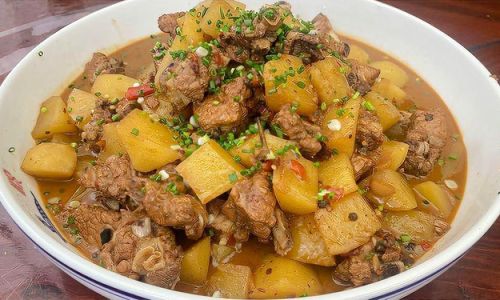
- Once the pork ribs are browned, remove them from the pan and set them aside.
- In the same pan, add a bit more oil if needed and stir-fry chopped garlic, ginger, and any other aromatics (like green onions or bell peppers) until fragrant.
-
Returning the Pork Ribs:
- Add the browned pork ribs back into the pan with the aromatics.
- Pour in any reserved marinade, being cautious as it may splatter. Stir well to combine.
-
Sauce and Final Touches:
- If desired, you can add a splash of broth, soy sauce, or oyster sauce to create a glossy, flavorful sauce.
- Stir-fry for an additional 2-3 minutes, allowing the sauce to thicken and coat the pork ribs evenly.
-
Serving:
Transfer the stir-fried pork ribs to a serving dish. Garnish with chopped green onions, sesame seeds, or a drizzle of sesame oil for added flavor and presentation.
Tips for Perfect Stir-Fried Pork Ribs
-
Don’t Overcrowd the Pan: As mentioned earlier, overcrowding prevents even cooking and caramelization. Work in batches if necessary.
-
Use High Heat: Stir-frying requires high heat to sear the meat and lock in juices. Make sure your pan is very hot before adding the oil and meat.
-
Adjust Seasoning: Taste your marinade before using it. Adjust the sweetness, saltiness, and tanginess to your preference. Remember, you can always add more seasoning during cooking, but you can’t take it away.
-
Rest the Meat: After stir-frying, let the pork ribs rest for a few minutes before serving. This allows the juices to redistribute, making the meat even more tender and flavorful.
-
Experiment with Ingredients: Stir-frying is a versatile cooking method. Feel free to add vegetables, spices, or herbs to suit your taste. Bell peppers, snap peas, carrots, and broccoli are all excellent additions.
Conclusion: A Culinary Journey
Stir-fried pork ribs are a delightful fusion of flavors and textures, offering a satisfying and nutritious meal. By following the steps outlined in this guide, you can create delicious and easy stir-fried pork ribs that will impress even the most discerning palate. From selecting the right cut of meat to mastering the stir-fry technique, each step is crucial in achieving a dish that is both tasty and effortless to prepare.
Remember, cooking is an art form that requires practice and experimentation. Don’t be afraid to tweak recipes and ingredients to suit your personal preferences. With each attempt, you’ll gain a deeper understanding of how different ingredients and techniques interact, leading to even more delicious creations.
So, the next time you’re in the kitchen, gather your ingredients, preheat your pan, and embark on a culinary journey to create the perfect stir-fried pork ribs. Enjoy the process, savor the flavors, and share your culinary triumphs with friends and family. Happy cooking!
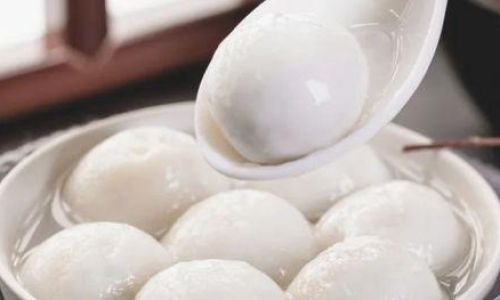



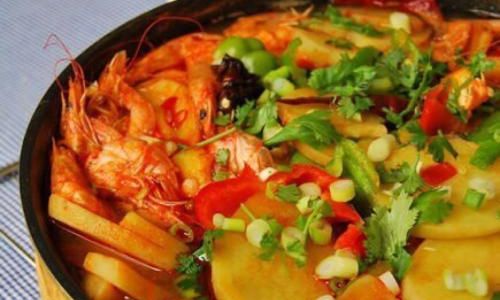
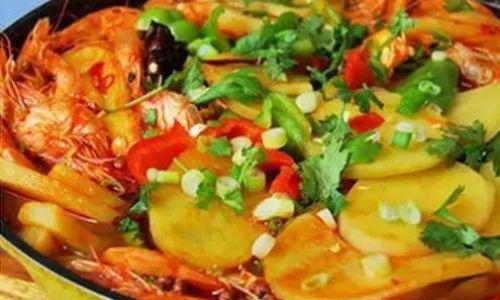
0 comments